by Carolyn Edlund
Art licensing is one option for visual artists to earn a living. Two artists pursuing this market talk about their strategies and successes.
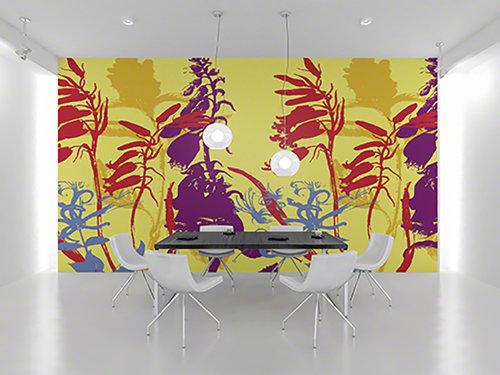
Licensed art can be use in many formats, large and small. Credit: Lynette Merrick
Artists who license can scale their creative work by contractually giving manufacturers or art publishers the right to use their designs on a variety of products. They understand that their work is necessary to create appeal and help sell those products. Thus, the licensed artist becomes part of a team. They must be flexible and responsive, willing to make adjustments, and hit deadlines.
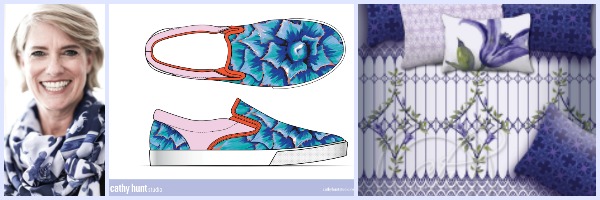
Licensed artist Cathy Hunt shares her design ideas on a variety of products.
Cathy Hunt
Cathy Hunt was an abstract painter who became heavily involved in art licensing several years ago. She spoke about the process. Hunt said “My strength is in product development. I have partnered with many manufacturers to bring their vision to life. I enjoy the process of hearing their challenges, studying their industry, learning what their customers want and discovering the creative inspirations that arise. And I love to collaborate!”
Being open to collaboration has been one of the stepping stones to my success. ~ Cathy Hunt
Her willingness to partner goes a long way. Manufacturers tend to be focused on the needs of their own customers and their bottom line. They need collaborators who share that goal, and that is where the artist comes in. The artist can assist clients in visualizing applications for their designs by presenting ideas through the use of mockups.
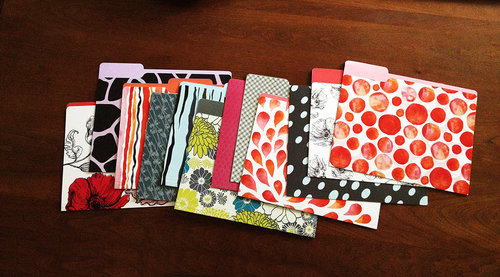
Cathy Hunt’s designs have been used on many products, including file folders.
Hunt’s designs can be found on products such as fabric, baby mattresses, office file folders, back-to-school supplies, and fashion accessories. Her work is sold in stores such as Target, Office Depot, Staples, Marshalls and Walmart. She clearly knows her market and the appropriate products for her art. This strength translates into contracts and regular income in the form of royalties.
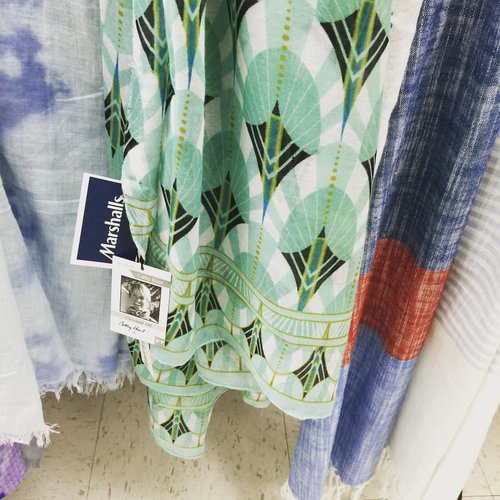
Fabrics often featured artwork, like this design by Cathy Hunt.
How does an artist get traction in the licensing field?
They frequently have a website dedicated at least partially to licensing, showing collections and product applications. Artists may exhibit at trade shows such as Surtex that cater to licensees. They may share their portfolio on sites like Art Licensing Show, which has a password-protected area accessed by members of the trade. They can engage the services of an art licensing agency to represent them. Or, simply apply directly to manufacturers that take submissions. Experienced licensed artists frequently use their business network to build relationships with potential licensees as well.
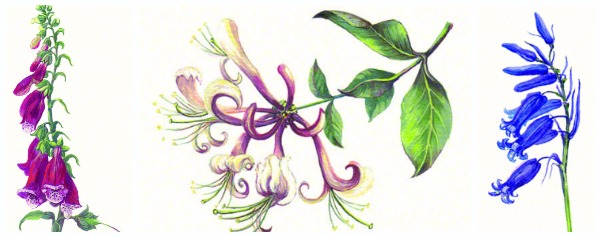
Botanical illustration is the focus of artist Lynette Merrick’s portfolio.
Lynette Merrick
UK-based artist Lynette Merrick recently became involved in the field of art licensing. In 2015, her daughter Rachel Merrick looked into ways of commercializing her large collection of botanical illustrations. She knew the art had limited market appeal in its raw state. At that point, the team undertook a prolonged period of planning and experimenting. They wanted to find out how these illustrations could be modified to create designs that would appeal to a wider market.
We want prospective clients to look at our designs and feel that we have the vision and skill to work with them to produce designs that work for their brand. ~ Lynette Merrick
Their website at LM Licensing was created to showcase how the designs can be interpreted across a wide range of product categories. Their aim was to give clients a platform to see the potential in design opportunities relating to style, color tone and application.
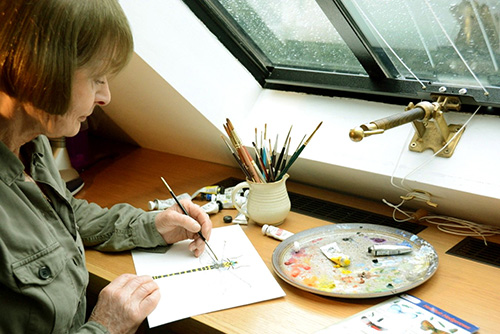
Artist Lynette Merrick works in her studio
Merrick explains, “We are a start-up company, and our next six-month marketing plan will target influential design journalists and bloggers. We will use proposals with strong visual content to potential customers we have met over the last year at various trade shows.”
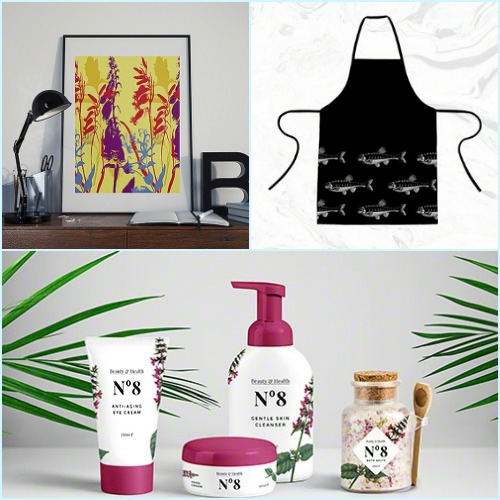
Lynette Merrick’s product mockups help share ideas with potential licensees.
What are her hopes for the future? “To have an existing library is a really strong starting point,” she says, “We are very excited about what we can offer. Every day, new ideas emerge and new avenues open up for us to explore and our learning curve expands further. Our long-term plan is to aim for around 150 separate global licenses. We want to become a successful independent art licensing company and a known brand.”
Artists who license clearly benefit from multiple contractual agreements. Each one will produce a stream of income. As with many business models, exposure in the marketplace builds a reputation and attracts other potential licensees. A strong plan, focused marketing outreach and persistence all work together to establish the artist as a licensing source and partner.



Good article, beautiful art.
Thanks, Christine. I agree – these artists have a high level of talent and skill, as well as an understanding of the licensing industry.
Licensing is something I am currently interested in pursuing. I have many questions about the technical aspects. For instance: in what form (I’m assuming id need a digital file for each image) do I need to have the images saved in to compile my image library? what resolution, image size, etc? As I have sold many of the original works id like to offer for licensing, I am not sure if the image files I have are acceptable. Can i use one image and digitally manipulate the colors to achieve multiple “colorways”? Also, what are the legalities of licensing an image of which the original painting has been sold? I do offer prints of my sold originals, but as of yet have not licensed any of them. Is there someplace I can find more details about how to prepare a portfolio of images and legal or ethical guidelines? thanks Arsty Shark for this great article; you are awesome!!
Hi Dina, and thanks for your thoughtful comments. You’ve got a lot of questions, which might be best answered by licensing experts. Lance Klass is an expert, licensing agent and writer who has lots of helpful articles on his site that can get you headed in the right direction. Here’s the link to get started there http://www.porterfieldsfineart.com/newartists.htm
thank you so much for the resource- I will check it out right now! 🙂
Great article Carolyn.
Thanks, Julie. Good to hear from you!